Disclosure: This article contains affiliate links. We may earn a commission from purchases at no extra cost to you, which helps our travel content.
The first thing that struck me upon arriving in Anna Regina wasn't the verdant landscape or the Atlantic breeze, but the symphony of aromas wafting through the market streets. Having spent my childhood between my father's spice-laden Indian kitchen and my mother's aromatic French cuisine, I thought I understood culinary fusion—until I encountered this small Guyanese coastal town where African, Indian, Indigenous, and European culinary traditions don't just coexist but dance together in perfect harmony.
Market Mornings: The Epicenter of Anna Regina's Food Universe
The Anna Regina Market isn't just a place to shop—it's the gravitational center of the town's culinary ecosystem. Arriving before 7 am, I watched as vendors arranged pyramids of cassava, dasheen, and eddoes alongside mountains of fresh peppers in a spectrum of colors that would make a nebula jealous.
Here, I met Aunty Bibi, a septuagenarian Indo-Guyanese woman who's been selling her homemade curry powders for over fifty years. 'Each family has their masala recipe,' she told me, scooping vibrant yellow powder into a paper bag. 'Mine come from my grandmother who came from Chennai in 1885.' The complexity of her garam masala—with notes of cinnamon, cardamom, and something mysteriously floral—made me instantly regret the store-bought spices languishing in my Canberra apartment.
For families exploring Anna Regina, the market offers more than ingredients—it's an interactive classroom. My collapsible food containers proved invaluable for sampling the array of preserves, pickles, and candied fruits that vendors eagerly offer to visitors. The children I met were particularly fascinated by the process of cassava bread making, demonstrated by Amerindian women from nearby villages.
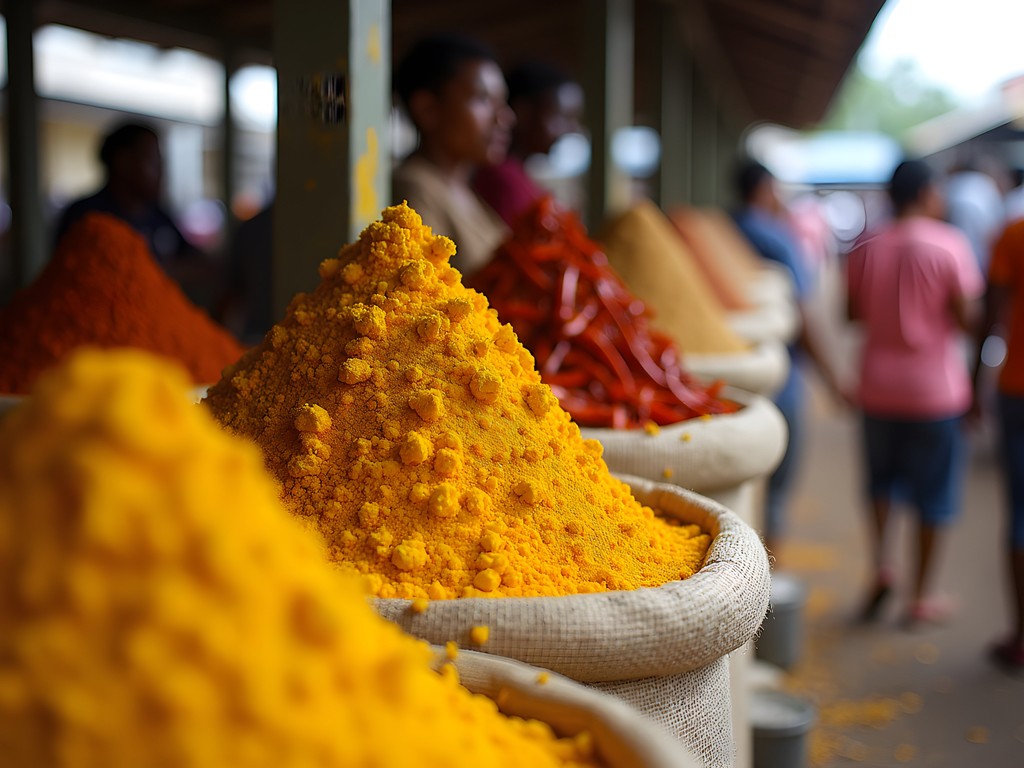
💡 Pro Tips
- Arrive at the market before 8 am when produce is freshest and temperatures are cooler for children
- Bring small denominations of Guyanese dollars as vendors rarely have change
- Ask permission before photographing people or their goods—a small purchase usually earns you photography privileges
Curry and Creole: The Cosmic Collision of Culinary Traditions
Anna Regina's culinary identity exists at the fascinating intersection of Indo-Guyanese and Afro-Guyanese traditions. Nowhere is this more evident than at Shanti's Kitchen, an unassuming roadside establishment where I spent three consecutive evenings studying the subtle art of Guyanese curry.
'Our curry isn't Indian curry,' explained Shanti, the proprietor, as she demonstrated how to properly fold a roti. 'When our ancestors came as indentured laborers, they adapted their cooking to local ingredients.' The result is curry dishes featuring ingredients I'd never seen in traditional Indian cuisine—like the extraordinary crab curry where local mud crabs are simmered in a coconut-thyme broth that somehow bridges South Asian and Caribbean flavor profiles.
Just two streets over, Miss Patsy's Cook Shop represents the Afro-Guyanese culinary tradition. Her pepperpot—a slow-cooked meat stew flavored with cassareep (a bitter-sweet cassava reduction) and Caribbean spices—offers a fascinating contrast to the Indo-Guyanese dishes. The insulated food container I always travel with was perfect for taking portions of these dishes back to my guesthouse for comparative tasting notes.
For families, these small eateries offer more than just meals—they provide cultural education through food. Most establishments warmly welcome children into their kitchens for impromptu cooking demonstrations if you visit during slower hours (typically 2-4 pm).
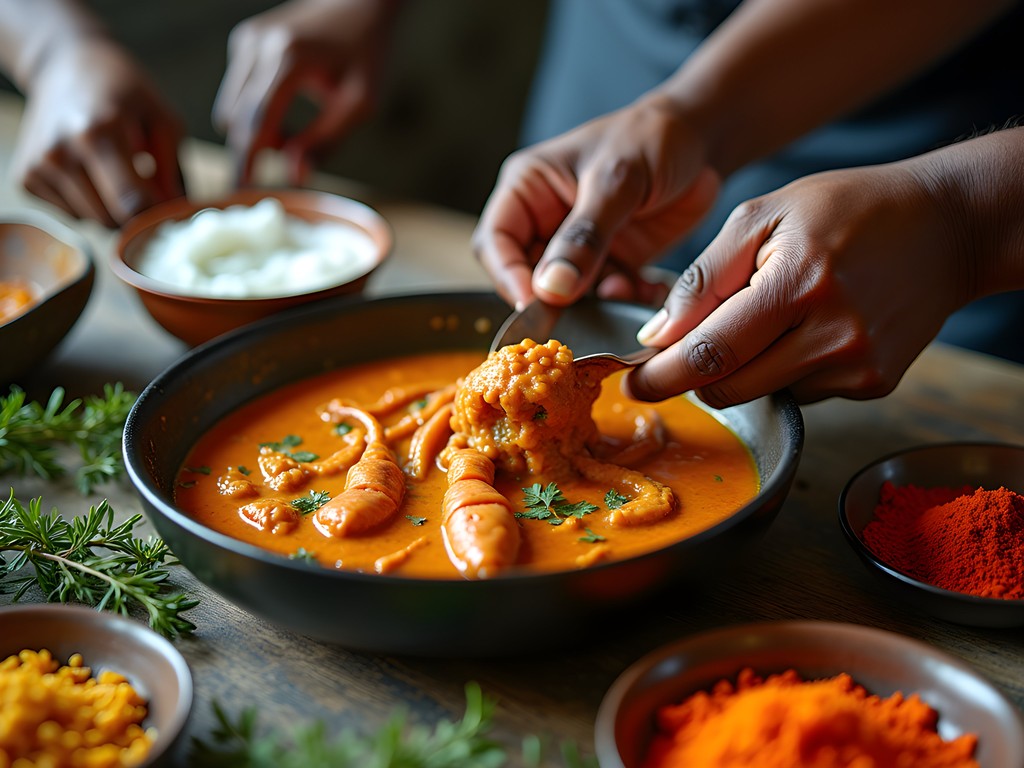
💡 Pro Tips
- Order 'small portions' if you want to sample multiple dishes—Guyanese servings are typically generous
- Request reduced spice levels for children—most cooks are happy to accommodate
- Learn the phrase 'Dem food nice!' (The food is delicious) to show appreciation
Indigenous Influences: The Original Gastronomy of Guyana
My academic background has taught me that to truly understand any phenomenon, you must study its origins. In Anna Regina's culinary landscape, this meant exploring the Indigenous Amerindian contributions that form the foundation of Guyanese cooking.
Arranging a day trip to a nearby Arawak community required some advance planning, but resulted in one of the most illuminating experiences of my visit. Here, I learned that cassava—a root vegetable that appears in virtually every Guyanese meal in some form—requires complex processing to remove naturally occurring cyanide compounds. The demonstration of this ancient knowledge passed through generations was more fascinating than many university lectures I've attended.
My water filter bottle proved essential during this excursion, as we spent hours in the tropical heat learning about traditional food preservation techniques. The community elder, Ms. Abigail, showed us how to prepare cassava bread, pepper pot, and tuma pot (a fish and cassava dish) using methods unchanged for centuries.
For families with children, these Indigenous food experiences provide invaluable lessons in sustainability, resourcefulness, and respect for traditional knowledge. Most communities welcome visitors who arrange their visits through local guides, and children particularly enjoy the hands-on aspects of cassava processing and cooking over traditional fires.
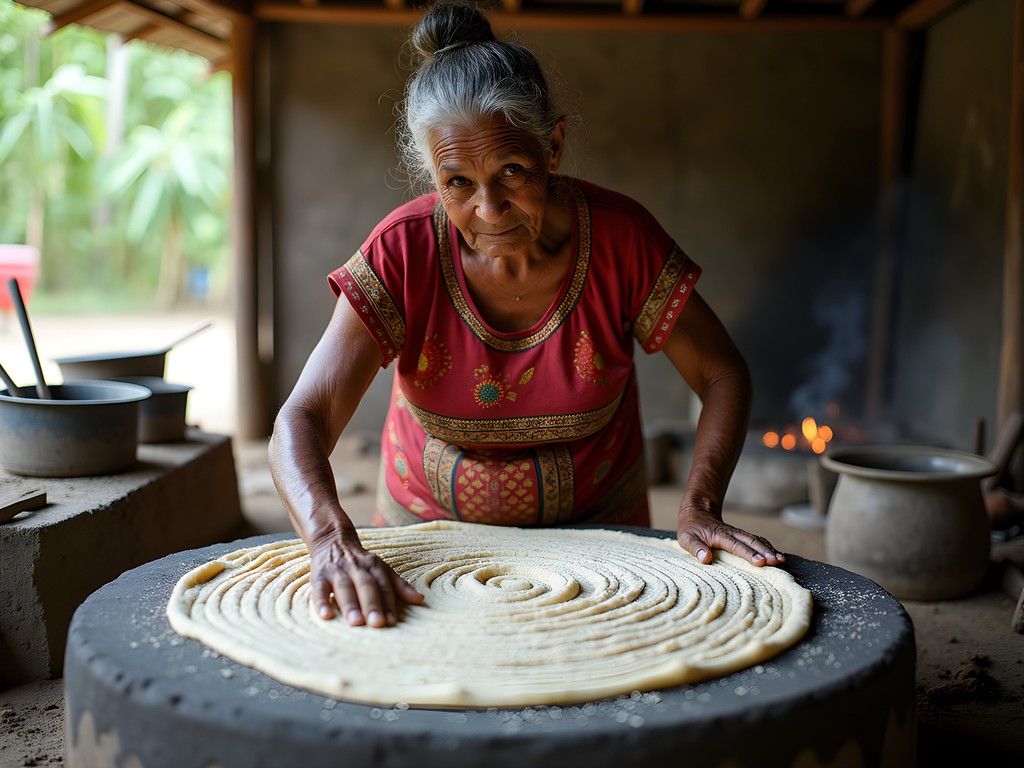
💡 Pro Tips
- Arrange Indigenous community visits at least 2 days in advance through your accommodation
- Bring small gifts like school supplies or fishing hooks as a gesture of appreciation
- Wear closed shoes and bring insect repellent as food gathering may involve short jungle walks
Sweet Conclusions: Desserts That Tell Migration Stories
As an astrophysicist, I'm trained to observe how seemingly disparate elements interact to create new systems. Anna Regina's dessert traditions perfectly exemplify this principle—each sweet treat is a delicious data point in the region's complex cultural history.
At Singh's Bakery, established in 1947, I discovered salara—a coconut-filled red roll that represents the adaptation of East Indian sweets to Caribbean ingredients. Nearby at Johnson's Treats, I sampled black cake, a rum-soaked descendant of British plum pudding that has evolved into something uniquely Guyanese. The insulated water bottle filled with chilled water was my constant companion during these sugar-fueled explorations in the tropical heat.
Most fascinating was my encounter with comou, an Indigenous cassava-based fermented drink that has influenced local beverage traditions. At Tanty Lorna's shop, I watched as she prepared mauby, a bark-based drink with origins in African traditions but now embraced by all Guyanese communities.
For families with children, Anna Regina's sweet side offers accessible entry points to understanding the region's complex history. Most bakeries and sweet shops welcome visitors, and many offer small samples. The sugar content might be high, but the cultural education is well worth the occasional indulgence.
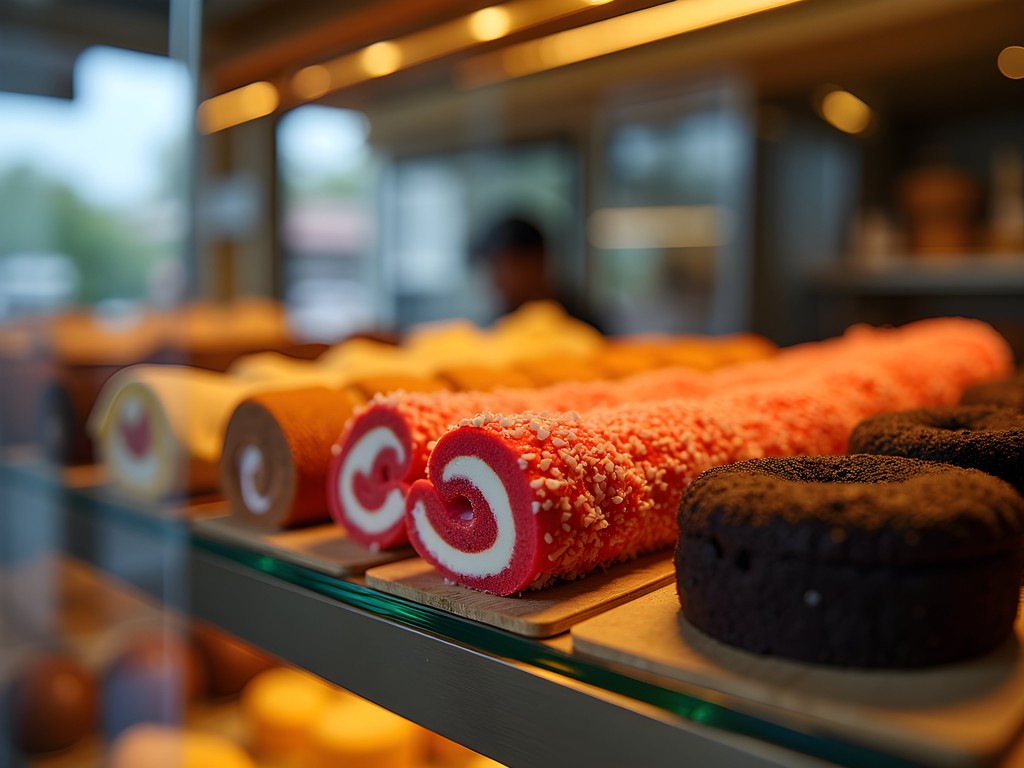
💡 Pro Tips
- Visit bakeries early (before 10 am) when bread and pastries are freshest
- Try pine tarts and cheese straws for less sweet options that children might prefer
- Purchase sweets in small quantities as the tropical climate means they don't keep well
Cooking Classes: Hands-On Cultural Exchange
The theoretical physicist in me knows that observation alone is insufficient—true understanding requires participation. This principle led me to Vidya's Home Kitchen, where I joined a family cooking class that became the highlight of my Anna Regina experience.
Vidya, a former schoolteacher turned culinary instructor, conducts classes in her home kitchen where she teaches visitors to prepare dishes that represent Guyana's diverse heritage. Our session began with a trip to the market to select ingredients, where my foldable shopping bag came in handy for carrying our bounty of okra, callaloo, and fresh fish.
The four-hour class covered preparation of cook-up rice (a one-pot dish with rice, beans, and coconut milk), curry, and metemgee (a root vegetable stew with dumplings). What made this experience particularly special was the multigenerational aspect—Vidya's mother contributed techniques for traditional Indian dishes while her daughter demonstrated Creole adaptations.
For families visiting Anna Regina, these cooking classes offer an ideal activity that engages all ages. Children as young as five can participate in simple tasks like kneading dough for roti, while teenagers often enjoy the more complex aspects of spice blending and sauce preparation. Beyond the culinary skills acquired, these classes provide context for understanding how migration patterns and historical circumstances have shaped Guyanese cuisine.

💡 Pro Tips
- Book cooking classes at least 3 days in advance as they're increasingly popular with visitors
- Mention any dietary restrictions when booking—most can be accommodated with advance notice
- Bring containers if you want to take leftovers—you'll prepare more food than you can eat in one sitting
Final Thoughts
As I packed my spice-infused clothes and notebook filled with hastily scribbled recipes, I realized that Anna Regina had fundamentally altered my understanding of culinary fusion. Like the cosmic phenomena I study, Guyanese cuisine demonstrates how disparate elements can combine to create something entirely new yet harmonious—a gastronomic parallel to stellar evolution.
What makes Anna Regina special isn't just the food itself, but how it embodies the resilience and creativity of people who have maintained their cultural identities while adapting to new environments. Each dish tells a story of migration, adaptation, and cultural exchange that continues to evolve.
For families seeking meaningful travel experiences beyond the typical tourist destinations, Anna Regina offers an accessible, affordable window into a fascinating cultural tapestry. Through its markets, home kitchens, and community traditions, children can gain first-hand understanding of how food connects us to history and to each other.
As my mother always said during our weekend kayaking trips: 'Les vrais voyages se font dans la cuisine'—true journeys happen in the kitchen. In Anna Regina, that journey spans continents and centuries, one delicious bite at a time.
✨ Key Takeaways
- Anna Regina's cuisine represents a unique fusion of African, Indian, Indigenous, and European culinary traditions
- Food experiences provide accessible entry points for understanding Guyana's complex cultural history
- Cooking classes and market visits offer engaging activities for families with children of all ages
- Budget-friendly culinary tourism in Anna Regina delivers rich cultural experiences without luxury price tags
- The region's food traditions demonstrate how migration and adaptation shape living cultural practices
📋 Practical Information
Best Time to Visit
year-round (slightly drier from February to April)
Budget Estimate
$30-50 USD per day per person including accommodation, food, and activities
Recommended Duration
5-7 days
Difficulty Level
Easy

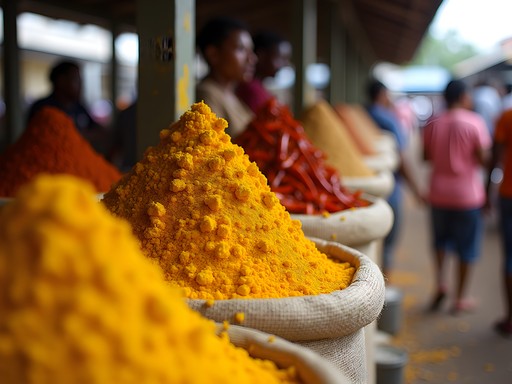






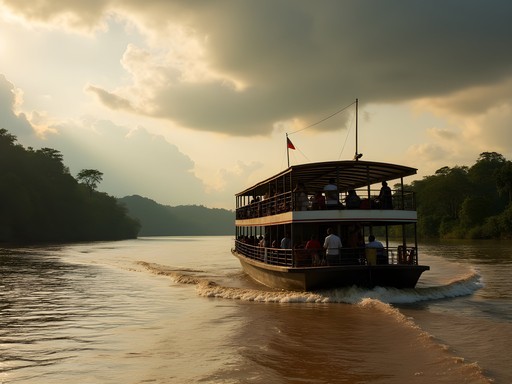
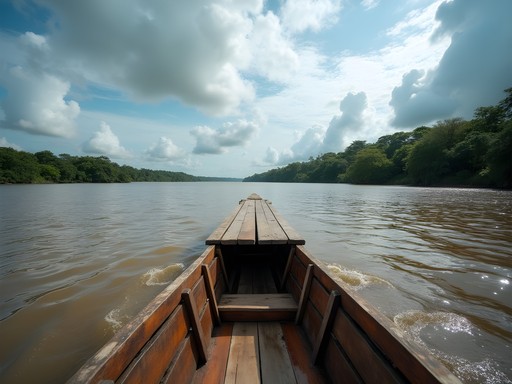






Comments
moontime1340
Those desserts sound amazing! Going to Guyana in March and definitely adding Anna Regina to my itinerary now!
Douglas Bradley
@moontime1340 Make sure to try the pine tarts if you go! And bring a food journal - I filled mine with recipes and food memories from Guyana. You'll want to remember everything you taste there.
moontime1340
Thanks for the tip! Will definitely check out that journal. Any specific markets in Anna Regina you'd recommend?
redlife
The Saturday market is amazing! Get there early for the best selection of fresh produce. The cassava bread sellers usually set up near the east entrance.
redlife
This makes me want to visit Anna Regina just for the food! Connor, did you get any recipes you could share? Especially interested in that cassava bread you mentioned. My grandmother used to make something similar but I never got the recipe before she passed.
moontime1340
I'd love to see those recipes too! Especially the curry techniques. I've tried making Guyanese curry at home but can never get the balance of spices right.
wanderlustclimber
OMG this post is EVERYTHING!!! I've been obsessed with Caribbean food lately but never thought about Guyana's unique mix of influences! That part about indigenous cassava techniques blew my mind - such a cool perspective on food history! Definitely saving this for when I finally make it to South America next year!!!
Connor Gupta
Thanks for the enthusiasm! Guyana really is this amazing culinary crossroads that doesn't get enough attention. Feel free to message me when you start planning your trip!
Douglas Bradley
Connor, this piece beautifully captures what I've always believed - that food is the most authentic gateway to understanding a culture. Your description of the market reminds me of my time in Georgetown last year, though I never made it to Anna Regina. The fusion of Indian, African, and indigenous influences in Guyanese cuisine is truly fascinating from an anthropological perspective. Did you find that certain dishes were more prevalent in home kitchens versus restaurants? I noticed in my travels that the most authentic Creole dishes rarely appeared on tourist menus. Also, did you happen to try pepperpot? I'm still dreaming about that cassareep flavor profile.
redlife
Douglas - I was in Georgetown too and totally agree about pepperpot! That cassareep sauce is impossible to replicate back home. Did you find anywhere that served really good mettagee?
Douglas Bradley
@redlife Yes! There was a small place near the Stabroek Market run by an older woman who made incredible mettagee. I think it was called Auntie's or something similar. The combination of root vegetables with coconut milk was perfect.
Frank Garcia
Connor, you've captured the essence of Anna Regina's food scene perfectly! I spent two weeks there last summer and was blown away by how the different cultural influences have created something entirely unique. The cassava dishes especially fascinated me - watching the indigenous techniques for processing the root was like stepping back in time. Did you get a chance to visit any of the rural cassava processing cooperatives? They're doing amazing work preserving traditional methods while creating economic opportunities for women in the region. Also, that coconut-cassava dessert you mentioned (the name escapes me) haunts my dreams!
Connor Gupta
Thanks Frank! I did visit one cooperative about 20km outside town - fascinating process. And that dessert is salara! I've been trying to recreate it at home with limited success. The red coloring never quite looks right.
photoninja
Your photo of the market spice stalls is absolutely stunning! The colors pop so beautifully.
journeylover
Never heard of Anna Regina before. Thanks for putting it on my map!
summeradventurer663
Those desserts look amazing! Planning my first trip to South America next year and might add Guyana to the list. Is Anna Regina easy to get to from Georgetown?
Frank Garcia
Not Connor, but I took a minibus from Georgetown to Anna Regina last year. It's about a 3-hour journey with some stunning coastal views. Bring a travel journal to jot down food recommendations from locals - they'll give you the best tips on where to eat!
summeradventurer663
Thanks so much! That's super helpful. Did you feel safe on the minibus as a solo traveler?
Frank Garcia
Absolutely! The locals were incredibly friendly and looking out for me the whole time. Just keep your valuables close like anywhere else.
skyseeker
This post brought back so many memories! I visited Anna Regina three years ago and still dream about that cassava bread with pepperpot. The mix of Indian, African, and indigenous influences in one small town is incredible. Did you try the seven curry at any point? That Sunday tradition blew my mind - seven different curries served on one banana leaf!
Connor Gupta
I did! The seven curry was actually one of my highlights - especially loved how each family seems to have their own variation. The way they balance the spices is an art form.
skyseeker
Exactly! My host family added this incredible mango pickle that I'm still trying to recreate at home without success. Did you get any recipes to take home?
GlobeHopper23
Those market photos are incredible! You really captured the energy of the place.
Venture X
Premium card with 2X miles, $300 travel credit, Priority Pass